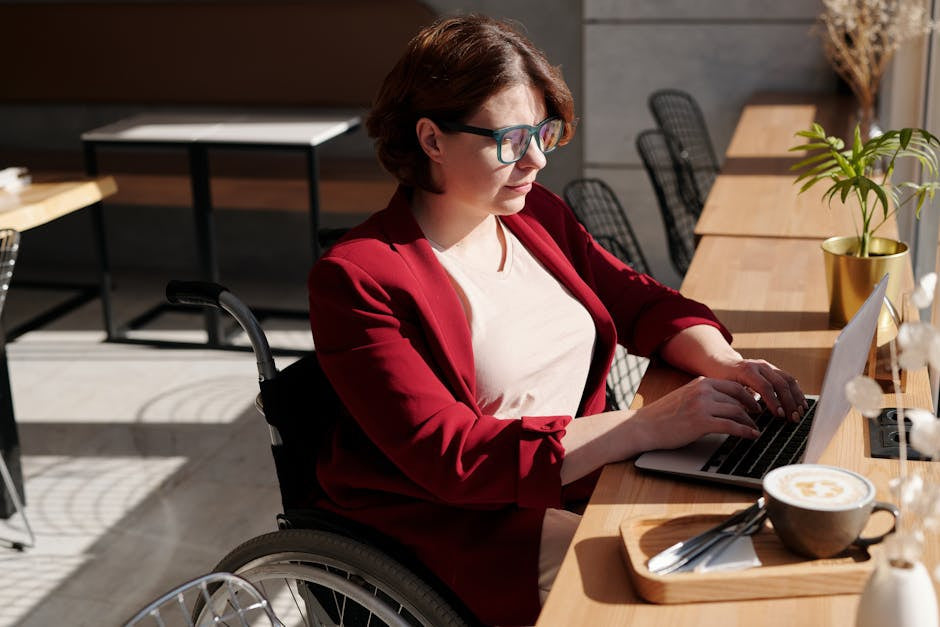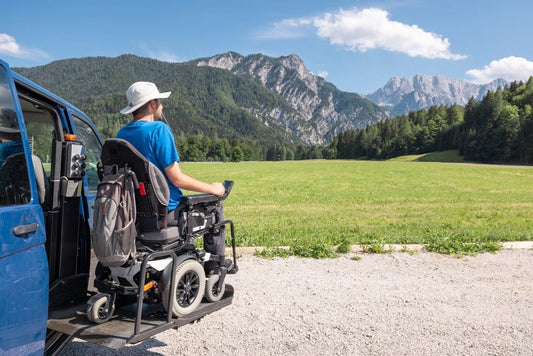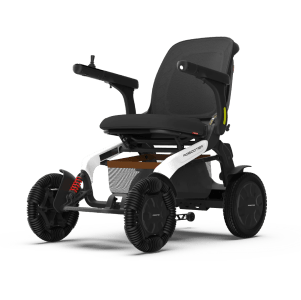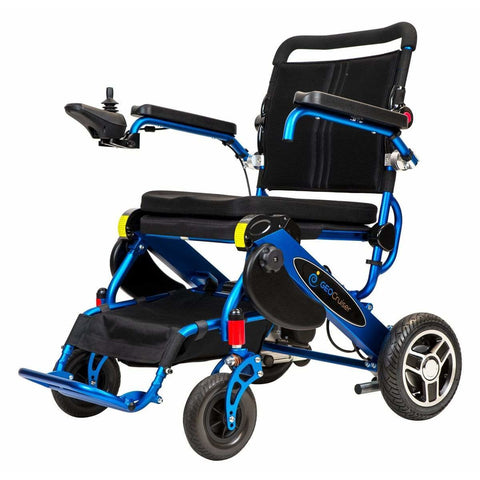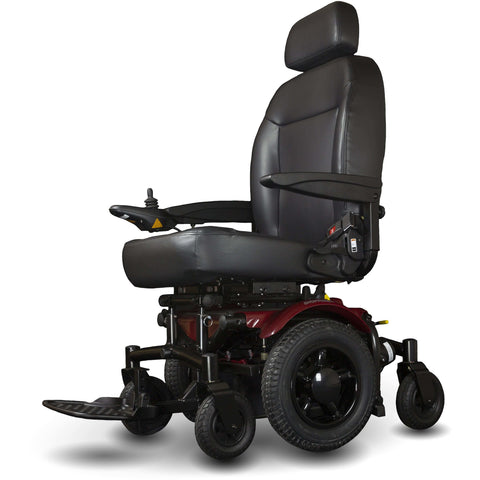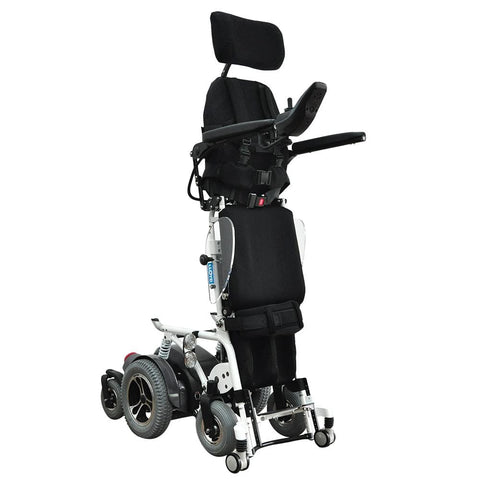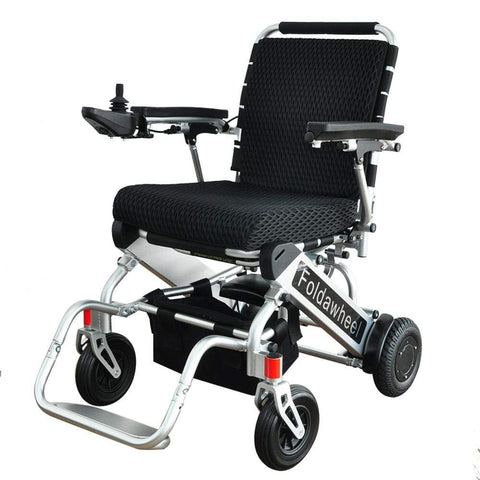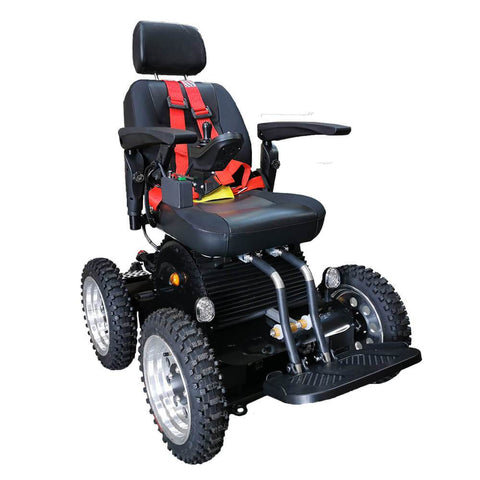Imagine a world where every individual has the freedom to move comfortably and independently, no matter their physical challenges. This vision can become a reality with the incorporation of seated mobility solutions. By embracing innovative technologies and practices, individuals can enhance their quality of life, promote independence, and experience newfound freedom. Let’s delve into the profound benefits of seated mobility and how it contributes to empowering individuals to lead more fulfilling lives.

Understanding the Importance of Seated Mobility
Seated mobility plays a pivotal role in enhancing the quality of life for individuals with mobility challenges. Whether due to age, injury, or disability, having access to effective seated mobility solutions can significantly improve daily living. From motorized wheelchairs to adaptive seating systems, the range of options available caters to diverse needs and preferences, ensuring that individuals can move with comfort and confidence.
Moreover, seated mobility goes beyond physical movement—it fosters a sense of empowerment and autonomy. By enabling individuals to navigate their environments independently, seated mobility promotes self-reliance and boosts self-esteem. It allows individuals to engage more actively in social activities, pursue educational and professional opportunities, and embrace a more inclusive lifestyle.
The psychological impact of seated mobility should not be underestimated. Feeling constrained by limited mobility can lead to feelings of isolation and dependency. Seated mobility solutions serve as enablers of freedom, granting individuals the freedom to explore the world around them and participate in various experiences. This sense of liberation contributes to mental well-being and overall quality of life.
Furthermore, seated mobility plays a vital role in promoting physical health and preventing secondary complications associated with immobility. Maintaining regular movement through seated mobility devices can improve circulation, muscle strength, and overall fitness levels. It also reduces the risk of pressure sores and supports proper postural alignment, enhancing comfort and long-term health outcomes.
In essence, understanding the importance of seated mobility entails recognizing it as a gateway to independence, social inclusion, and overall well-being. By embracing seated mobility solutions, individuals can break barriers, overcome challenges, and embrace a more fulfilling and autonomous lifestyle.
Incorporating Seated Mobility into Daily Life
Incorporating seated mobility into daily life involves more than just utilizing assistive devices—it requires a shift in mindset and a commitment to inclusivity. For individuals with mobility impairments, integrating seated mobility seamlessly into their routine empowers them to navigate various environments with ease and confidence.
One key aspect of incorporating seated mobility is the customization of devices to suit individual needs. Whether it’s adjusting seat height, modifying control systems, or incorporating specialized features, personalized seating solutions enhance comfort and functionality. This tailored approach ensures that individuals can optimize their mobility experience and address specific challenges they may encounter.
Additionally, creating accessible environments that accommodate seated mobility is essential for promoting independence and inclusivity. From wheelchair-accessible pathways to ergonomic seating arrangements, designing spaces with seated mobility in mind enhances accessibility for all individuals. By fostering a culture of awareness and adaptability, communities can create environments that empower individuals with mobility challenges to participate fully in social, recreational, and professional activities.
Embracing seated mobility in daily life also extends to advocating for inclusive policies and infrastructure that support the needs of individuals with mobility impairments. By promoting universal design principles and advocating for greater accessibility in public spaces, society can create a more equitable and welcoming environment for all. Encouraging ongoing dialogue and collaboration between stakeholders further strengthens the integration of seated mobility into daily routines and promotes a culture of inclusivity.
Exploring Innovative Seated Mobility Solutions
The landscape of seated mobility solutions is constantly evolving, driven by technological advancements and a focus on enhancing user experience and functionality. From advanced power wheelchairs with intuitive controls to smart seating systems that promote comfort and postural support, innovative solutions are revolutionizing the seated mobility experience.
One notable area of innovation lies in the development of mobility devices that seamlessly integrate with smart technology. These devices offer features such as remote control operation, personalized mobility settings, and real-time health monitoring, enhancing convenience and autonomy for users. By leveraging the power of connectivity and data analytics, seated mobility solutions are becoming more personalized, responsive, and user-centric.
Moreover, advancements in material science and ergonomic design are shaping the next generation of seated mobility solutions. Lightweight yet durable materials improve maneuverability and portability, while ergonomic seating designs prioritize comfort and pressure redistribution. These innovations not only enhance the physical performance of seated mobility devices but also elevate the overall user experience, promoting independence and mobility with style.
Exploring the realm of seated mobility solutions unveils a world of possibilities for individuals seeking enhanced independence and mobility. By embracing innovation and investing in user-centered design, the future of seated mobility promises greater accessibility, functionality, and inclusivity for users of all ages and abilities. As technology continues to advance and design boundaries are pushed, the potential for seated mobility to empower individuals to lead fulfilling lives knows no bounds.
Empowering Independence Through Seated Mobility
As we reflect on the transformative power of seated mobility in enhancing independence, one crucial takeaway resonates—the freedom of movement is a fundamental human right. By harnessing the advancements in seated mobility solutions, we can create a more inclusive and accessible world where all individuals have the opportunity to navigate their surroundings with ease and dignity. Let’s continue to prioritize and advocate for the development and integration of seated mobility options to ensure that everyone can experience the joys of independence and mobility.

